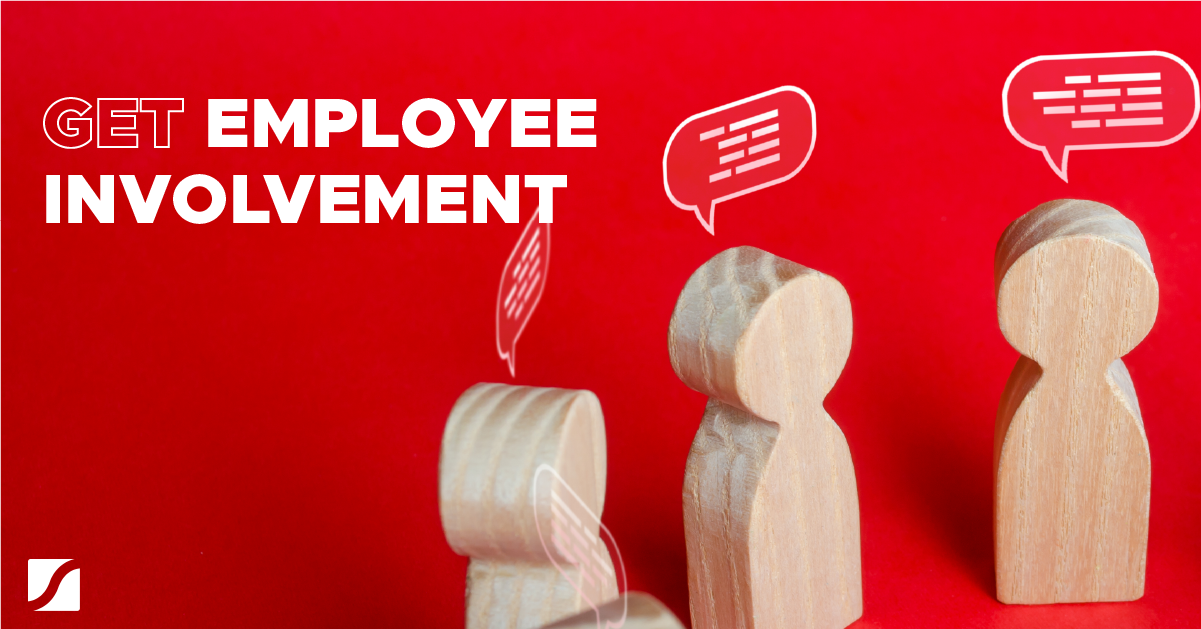Why Rapid Failure Is The New Secret To Business Success
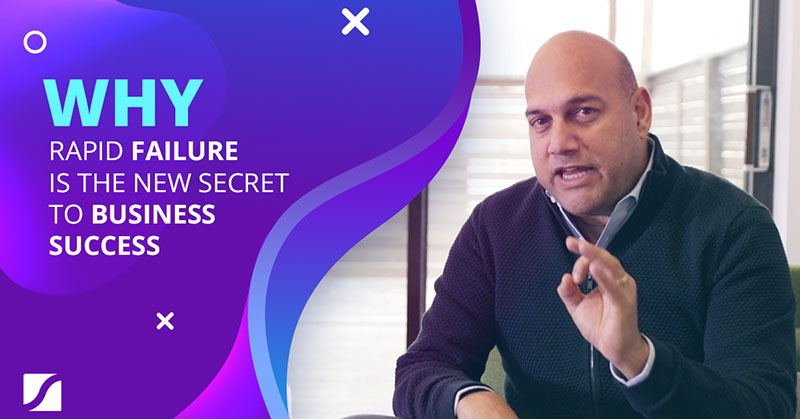
These organizations and other exponential organizations (ExOs) who are creating 10 times more impact than their peers are embracing failure because they recognize the importance of experimentation.
They know they need to take risks and learn fast in order to succeed. And they reward failing because it cultivates a culture for experimentation which allows them to test, learn quickly, and push the boundaries of growth.
It is thus no surprise that experimentation is one of the 11 attributes of ExOs. I believe experimentation is essential to any organization who wants to rapidly scale and create meaningful impact. In this article, I’m going to dive deeper into what experimentation is and how it can help your organization to compete and grow.
Experimentation: The Success Strategy Threatening Silicon Valley
I define experimentation as the implementation of the Lean Startup methodology of testing assumptions and constantly experimenting with controlled risks. According to Zappos CEO Tony Hsieh,
"A great brand or company is a story that never stops unfolding."
That is, it is imperative to continuously evolve and experiment. Bill Gates takes Hsieh’s insight a step further:
"Success is a lousy teacher. It seduces smart people into thinking
they can’t lose."
At the end of the day, the key reason taking risks with experimentation leads to success is because it allows organizations to be in tune with market dynamics. With market insights, organizations can successfully adapt, even as the outside world becomes more volatile.
Experimentation based on the Lean Startup methodology consists of three steps in a feedback loop:
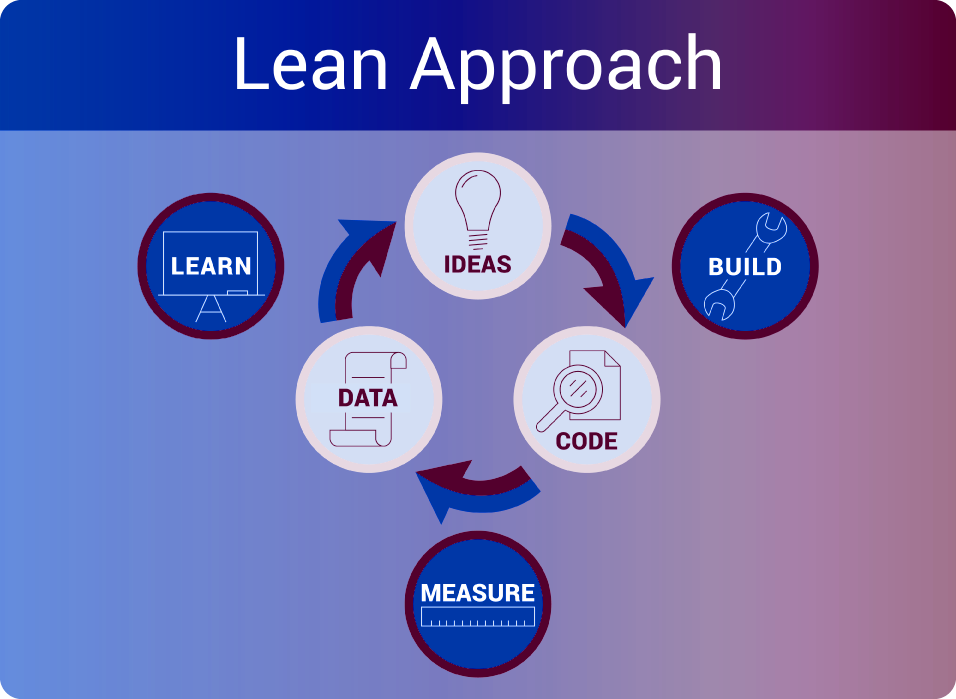
This is very different to the traditional 3-5 year roadmaps or business plans that are based on untested hypotheses, where the user has no interaction with the product or service until it’s launched.
Instead, this 3-phase experimentation model:
-
puts the user at the centre instead of the product, and
-
is done as fast as possible.
A great example of experimentation in use today are crowdfunding models such as Kickstarter. On these crowdfunding platforms, any organization can put up products or services which people might want. People are then able to pre-purchase if they like what is offered.
Investment in production and ongoing operations is then only made if the project receives enough crowdfunding to develop and launch the product or service. This is incredibly powerful for efficiency of capital deployment.
This radical change in equity funding and equity model is threatening Silicon Valley. In the past, Silicon Valley models would typically require pitching to an investor to receive funding. This process also required investing in making a prototype. However, crowdfunding has eliminated the need for investors.
The ability for organizations to be able to easily access and leverage experimentation like this also eliminates the need for product strategy. In the past, big companies would have a product development team in charge of developing product strategies, also known as the waterfall model.
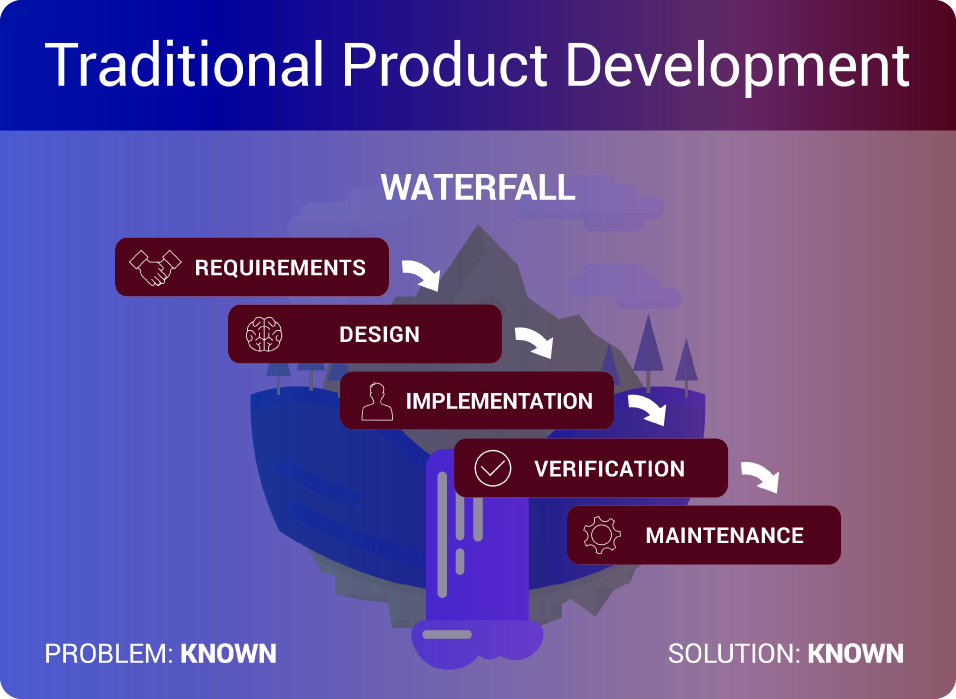
This traditional route of product development is a long, drawn-out process. In essence, a lot of time, resources and heavy investment goes into R&D, simply to decide whether a proposed product gets developed and launched into market.
With platforms like Kickstarter, there is no need for product development or strategies. Essentially, all market validation is now testable without even releasing a product. By completely cutting out traditional product development, organizations can now rapidly test ideas in real-time directly with buyers.
Sony Corporation has been leveraging experimentation through crowdfunding to transform how they develop new products. After releasing a string of not very successful consumer products, Sony began launching anonymous Kickstarter projects. By only producing the ones that get funded, Sony has been able to rapidly grow while significantly saving on R&D investment.
Three Different Ways Experimentation Supports Rapid Growth In An Organization
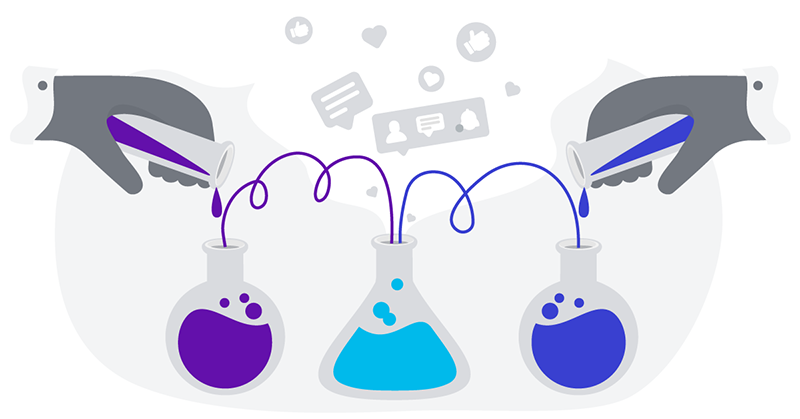
Embracing experimentation can create three different benefits for organizations:
-
Maximizes value capture
While their competitors are trying to find that ‘safe bet’, smart companies are passionately pursuing the next iteration of what they’re working on. They know the only way to find out what does work, is to first find out what doesn’t work with experimentation. -
Faster release of products to market
ExOs know the fastest way to market is to get fast feedback and results and create a Minimum Viable Product (MVP), which is the smallest product you can get to the market and start earning and iterating quickly.
-
Stay ahead of competitors
You’ll never be a market leader if you’re not willing to take risks and branch out from what looks like a safe place. This isn’t always about throwing caution to the wind, it is more about the willingness to try something completely out of left field and constantly taking calculated risks in order to reach well-researched conclusions. The more risks you take, the more you’ll learn about the environment and marketplace than your competitors.
Although there are many benefits for experimentation, the rapid or disruptive change it creates is something that large, matrixed organizations find very difficult. Indeed, those who have attempted it have found that the organization’s “immune system”, which are typically structured to minimize risk, is liable to respond to the perceived threat.
Let’s take a look into how HP introduced strategies to overcome the company’s immune response to experimentation.
Hitting The Immune System In A Company Like HP
When HP wanted to create innovation, they needed to embrace experimentation. As with any change, it was met with resistance. HP overcame the resistance by adopting various strategies around the four different pillars of innovation:
Pillar 1: Interaction with the customers / users
HP stopped outsourcing all customer insights to other agencies. They made their project managers responsible for understanding their customers. To facilitate this, they built the infrastructure and created initiatives like “Customer Day” where their project managers can interact with customers for a whole day.
They overcame resistance by training their project managers to interview and listen to the customer. To make the process as smooth as possible, HP also created supporting materials such as session guides with questions to ask customers. At the end, HP successfully achieved conducting 1,000 qualitative interviews with just a team of 50 project managers who now deeply understand their customers first hand.
Pillar 2: Ideation across teams
Ideation is a key precursor to conduct experiments. The challenge for HP was changing the mindset of their staff to get out of their desk, talk to each other, and think about something different. This was very difficult to achieve because their employees are set in their ways of trying to meet the multiple deadlines and complete the multiple tasks of their daily responsibilities.
To overcome this, HP built a forum so people within their organization can create and discuss new ideas. One example is their “Monthly Innovation Forum”, where selected employees are left in a distraction-free room for three hours. They are tasked to ideate solution with a specific challenge. The results of this initiative was collecting about 200 ideas, which was later compiled, prioritized, and tested with real customers.
Pillar 3: Iteration of ideas and concepts
HP ran quick and dirty experiments to go from idea to a product pilot on the website in eight weeks. Usually, eight weeks is the standard time to secure a meeting with the manager to simply approve the idea. How did they achieve this?
First, HP had to help their employees embrace change so they would have less resistance to run quick and dirty experiments. So they created a concept called family. By telling their project managers they are in the family now, the project managers became more relaxed. They became more open to share their concerns, problems and questions. In the end, this allowed them to create a lot of change and experiments which resulted in the pilot.
Pillar 4: Integration in the current processes
An organization can execute the first three pillars of innovation, but without integrating it into the organization’s current processes all efforts become completely useless.
When HP wanted their project managers to interact with consumers directly, part of the resistance they faced is because their project managers were not comfortable with conducting interviews and didn’t know how to take feedback.
To overcome this, HP created new checkpoints, templates, and questions for people to ask. They integrated this into their current processes and checklist. This helped managers become more comfortable with interviews and improve on receiving feedback.
Rapid Learning Leads To Rapid Growth And Success
I know many people have grown up with mindsets and ideas that tell us to avoid failure at all costs. This mindset, however, is what holds most people back from creating ExOs and going all the way in business.
When you truly embrace failure and focus on iterating, learning, and iterating again, that’s when your company becomes super agile, data-driven, and first to market. I’d like to emphasize again we’re not flipping a coin. Rather, it’s all about a systematic approach in a controlled environment to create calculated risks that create valuable learnings.
For a practical way to learn how to apply this tool into your current business while getting mentorship, peer-to-peer feedback, and customized support as you implement, check out my Exponential Organization Master Business Course here.


